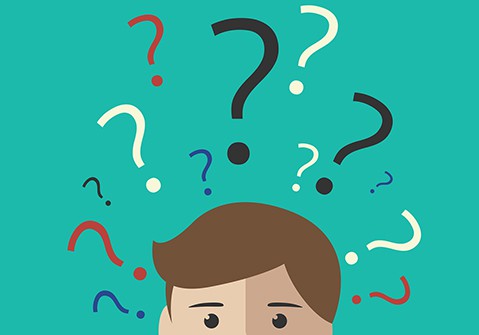How Essential Questions Drive Purposeful Learning

Why do I have to learn this? This is perhaps one of the most irritating questions. ]As a teacher, do you have a good answer though? History teachers usually say something like “those who don’t learn from the past are doomed to repeat it.” That was a good answer in the 20th century when the past lived in giant volumes of encyclopedias in your local library. But here in the 21st century, we carry the sum of the world’s entire knowledge in our back pockets. How’s a 21st century teacher to answer?
Essential questions can help you show students the meaning in your subject matter. According to McTighe and Wiggins, essential questions have seven characteristics:
- They are open ended,
- Thought provoking,
- Require higher order thinking,
- Point toward big transferable ideas,
- Raise additional questions,
- Require justification and
- Recur over time.
Many types of questions meet the first six criteria but it’s recurring over time where essential questions pay their way. For example, suppose you teach 6th grade Science. You start the year with the usual lab safety and what is the nature of Science lessons. You ask your students “What is Science?” You accept all answers and act as devil’s advocate: “Tell me why” “I’m not sure I agree with you on that. Make me believe.” Next, you expose your students to expert’s opinions about Science. Make sure that you include different viewpoints. Now, lead a class discussion about the differing viewpoints. “What do these people say science is? Why? What is their reasoning? Where’s their evidence?” Come to a tentative conclusion with your class, “What do we now think is Science?” Record your answers on a flip chart or some public display.
Carry on with your next units. After 2 or 3 units, return to the question, “What is Science?” and see how your student’s thoughts have changed. Continue this process throughout the year, making certain to document responses. At the end of the year you have an excellent record of changing thought patterns about science and students will understand why they study science.
Essential questions (EQ) work in every subject. I especially love the idea of using the EQ “What is freedom?” for a history class. If you really think about it, the idea of freedom colors every interaction we have: “can I seat here?” Yes you have that freedom. “Can I destroy someone else’s property?” No, you do not have that freedom.
You can create essential questions for each unit you teach as well. As a matter of fact, McTighhe and Wiggins recommend a lesson planning system that features Essential Questions. EQs can and should be an integral part of lesson planning. However, choosing on Essential Question for the entire year helps students pinpoint their thinking on a subject and answers the ageless question “Why do I have to learn this?” Here are some examples of year-long Essential Questions:
- Band/Choir – Why is music different from noise?
- Art – What can Art tell us about society?
- Science – What is Science?
- ELA – Are there any truths in fiction?
- Social Studies – What is freedom? What’s worth fighting for?
- Math – Is the world made up of patterns?
- Technology – What impact does Technology have on society?
Essential Questions promote student learning in a number of ways. First, using EQs lets students know that questioning is an important part of learning. When students learn to become better questioners, their learning becomes more meaningful and intellectually deeper. Student’s metacognition, thinking about their thinking, increases with the use of Essential Questions. When teachers use EQs they model this important skill to students and show them the types of questions they should be asking themselves. Finally, the use of EQs promote inquiry and students begin to want to learn content in service of that inquiry. Simply put, students want to learn the content so they can answer the Essential Question.
You can learn more about essential questions in the book Essential Questions Opening Doors to Student Understanding by Jay McTighe and Grant Wiggins or by visiting their website essentialquestions.org.
For more blogs by Aimee, check out:
- Smart Review | Write Out Loud
- Smart Review | The Prize: Who’s in Charge of America’s Schools?
- Changes in the Student Brain: A Review of Age of Opportunity
Stay in-the-know with all things EdTech and innovations in learning by signing up to receive the weekly Smart Update.





Gary Gruber
This gets to the importance of asking not only "essential" questions, the "essence" of learning, but also gest students closer to asking their own questions. Instead of the teacher asking the questions, ask students to ask their own essential questions that arise out of their innate curiosity. Those questions are often amazing with extraordinary creativity and depth such as Why is the sky blue? Where do you go after you die? Why is water wet? I love Daddy, how did we get him? Why do we have ten toes and ten fingers? Do you really like trees? Can a tree like you back? Endless, wonderful, interesting questions, even better than we can ask.